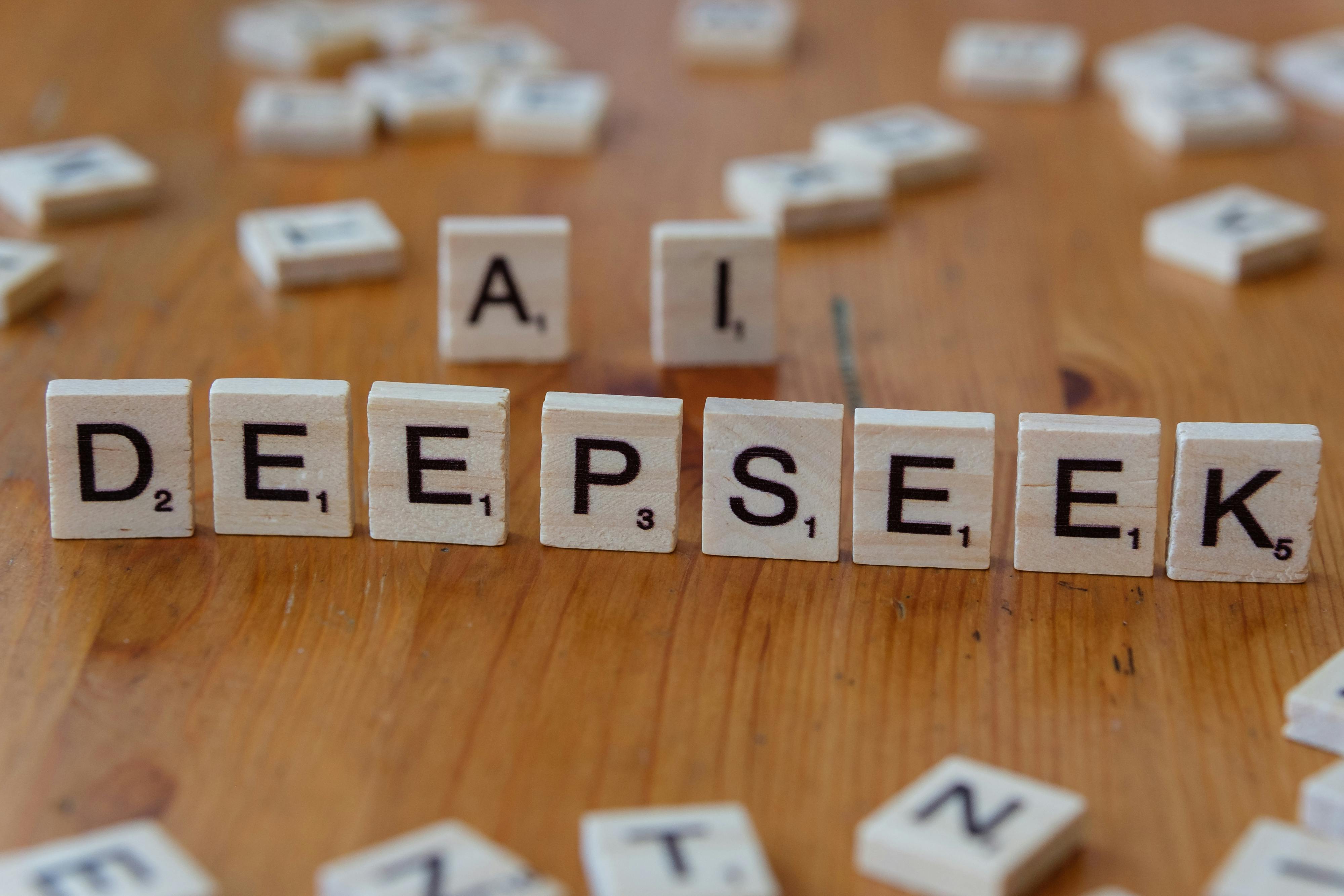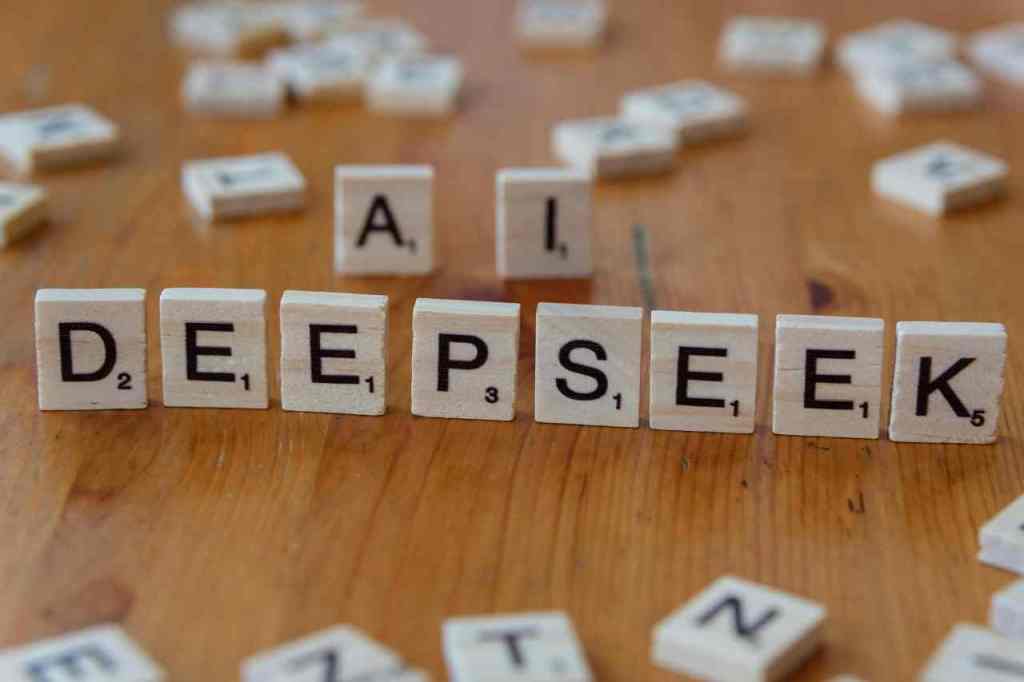Microsoft Unleashes Sovereign AI Vision: A Strategy Forged Independent of OpenAI

The technological landscape underwent a seismic realignment in late 2025 as Microsoft, the key financial and infrastructural backer of OpenAI, formally charted an ambitious, self-sufficient Artificial Intelligence roadmap. Spearheaded by Microsoft AI Chief Executive Mustafa Suleyman, this declaration signals a definitive strategic pivot: the pursuit of sovereign AI capabilities designed for broad societal benefit, effectively charting a course independent from its former primary research partner. This comprehensive vision is not merely an abstract goal but a pragmatic deployment strategy built upon tangible commitments in compute, intellectual property, and a three-pronged focus on high-impact application areas that aim to validate the safety and utility of this independent pathway. The ramifications of this corporate maneuvering resonate far beyond Redmond, intensifying the global AI race and forcing a fresh societal reckoning on the future of work and machine sentience.
Core Pillars of the Independent AI Roadmap: Strategic Application Areas
The grand vision for self-sufficient AI is being practically grounded through a focused deployment strategy targeting specific, high-impact societal and economic challenges. The resources of the MAI Superintelligence Team are being channeled into three core application domains, chosen for their potential to generate transformative benefits for humanity while simultaneously validating the safety and utility of the independent research pathway. These pillars represent the first fruits of the company’s sovereign AI development efforts.
Pillar One: Hyper-Personalized Consumer AI Companionship
The first priority is focused squarely on revolutionizing the daily interaction between individuals and technology through the creation of highly evolved AI assistants. This initiative moves beyond simple task execution to encompass deep personalization, aiming to create digital companions that actively assist users in learning, professional action, productivity enhancement, and even emotional support. The vision positions the next generation of Copilot as an evolving interaction, one that remembers details, adapts to user mannerisms, and offers unwavering support.
- Customized Learning and Productivity: A specific example cited is the capability of these systems to generate entirely customized educational materials tailored precisely to an individual’s learning style, pace, and specific knowledge gaps, democratizing personalized tutoring at an unprecedented scale.
- Intuitive Interaction: Development is prioritizing consumer-first models like MAI-Voice-1 and MAI-1-preview, designed for expressive use cases such as generating podcast-style discussions via “Copilot Daily” summaries, emphasizing intuitive and personable engagement over strict enterprise-grade accuracy.
- The Companion Metaphor: This strategy entails building an entity with memory, potential visual avatars, and an ongoing conversation capability, aiming to build a meaningful, lasting relationship with the user rather than just delivering transactional outputs.
- Healthcare Diagnostics: The initial focus within this pillar is heavily weighted toward healthcare diagnostics. The AI’s capacity for analyzing vast datasets, identifying subtle patterns, and synthesizing complex medical literature can lead to earlier, more accurate diagnoses and treatment recommendations. The Microsoft AI Diagnostic Orchestrator (MAI-DxO) demonstrated an 85.5% accuracy rate on complex case benchmarks, significantly surpassing the mean performance of experienced physicians on the same data.
- Augmentation, Not Replacement: This area represents a direct application of advanced reasoning to solve pressing global challenges, leveraging the AI’s superior analytical power to augment, not replace, human medical professionals by providing expert-level support tools. Microsoft AI leadership has stated a “line of sight to medical superintelligence in the next two to three years.”
- Broader Scientific Scope: Beyond medicine, the team is reportedly targeting breakthroughs in other complex areas, including molecular design and energy storage solutions.
- Guaranteed Investment: While exclusivity has been modified, the external research group has made a significant, forward-looking commitment to purchase an additional two hundred fifty billion dollars’ worth of services on the Azure platform—a testament to the continued value proposition of the cloud infrastructure.
- Removal of Exclusivity: The exclusivity clause—specifically the “right of first refusal” for compute services—has been removed, granting the research organization the freedom to deploy its models and offer API access across competing cloud platforms.
- Government Access Sovereignty: Furthermore, the new contract permits the research organization to provide API access directly to certain highly sensitive sectors, such as US government national security customers, without being mandated to route that traffic exclusively through Microsoft’s infrastructure.
- Product and Model IP: These rights are now secured through the year two thousand thirty-two and, critically, now explicitly encompass models developed *after* the achievement of AGI, provided they are integrated with the requisite safety guardrails.
- Research IP Timeline: The rights pertaining to the underlying confidential methods and research processes—the “research IP”—are secured until the earlier of either the independent expert panel verifying AGI or the year two thousand thirty, providing a defined period to internalize the core scientific advancements made during the close partnership phase.
- Domain Delineation: Notably, these IP rights for the technology giant now specifically exclude any intellectual property related to the external research organization’s consumer hardware initiatives, clearly delineating the product domains moving forward.
- Hardware Scarcity and Control: Recent actions by the United States, including the blocking of sales of top-tier AI accelerators, such as advanced Blackwell graphics processing units, to key international competitors like China, underscore the strategic national security importance placed on advanced AI hardware. This action is forcing certain technology actors to pursue complete domestic self-reliance in chip design and manufacturing.
- Shifting Alliances: Simultaneously, global semiconductor leaders, like Nvidia, are reportedly pivoting their strategic focus to foster new alliances in regions such as India, seeking to establish alternative, robust supply chains and development ecosystems. This atmosphere suggests a potential bifurcation of the global AI landscape into distinct technological blocs, raising significant questions about the future of international collaboration and whether progress might slow as research ecosystems become siloed.
- Observed Displacement: Public data shows that in October 2025 alone, U.S. companies announced 153,074 job cuts, the highest for that month since 2003, with the technology sector leading the reduction, driven by AI adoption and cost-cutting amidst slowing spending. The narrative often employed by corporations to frame these reductions is “restructuring” or “optimization” rather than outright elimination, with priorities shifting toward AI-specialized roles.
- Regulatory Response: This societal tension is leading to legislative action; for instance, California enacted SB 243 in October 2025, requiring specific disclosures for AI companion chatbots to mitigate user confusion regarding their artificial nature.
The goal is to make this advanced capability widely accessible and affordable for the general consumer base, positioning the AI as a central, supportive element in everyday life.
Pillar Two: Advanced AI for Scientific and Expert Domains
The second significant research track involves the development of “medial superintelligence,” signifying an AI form capable of operating at the level of an established domain expert across complex fields. This pursuit aligns with the “humanist superintelligence” framework, focusing on solving defined, real-world problems while minimizing existential risk.
Tangible Commitments in Compute Infrastructure and Intellectual Property
The shift in partnership dynamics necessitated corresponding adjustments in the commercial and legal agreements governing the use of critical resources and the ownership of resultant knowledge. These contractual refinements ensure both parties have the necessary stability and flexibility to execute their divergent, yet intersecting, long-term strategies in the competitive landscape.
Evolving Compute Commitments: Azure Dependency and Cloud Flexibility
The revised agreement fundamentally alters the compute relationship that historically bound the research organization almost exclusively to the technology giant’s cloud services. This move signals a move toward infrastructure independence for the external research group, though Microsoft remains a crucial partner.
The Extended Lifespan of Research and Model Intellectual Property Rights
To guarantee that the technology giant can fully exploit the benefits derived from its long-term foundational investment, the intellectual property rights associated with OpenAI’s models and resulting products have been substantially extended and clarified.
Broader Sectoral Implications and the Intensifying Global AI Race
The corporate maneuvering within the established AI titans does not occur in a vacuum; it sends profound reverberations across the entire technology sector and into the realm of international geopolitics. This strategic declaration by the technology leader catalyzes a more intense, multi-polar competition for supremacy in artificial intelligence innovation.
The Intensification of Competition Between Former Allies
The newly established structure effectively formalizes a high-stakes race toward Artificial General Intelligence between the two once-cohesive partners. Microsoft’s deployment of its own “humanist” AGI team, with its clear focus on controllable, aligned superintelligence, represents a direct ideological and technical challenge to the external research group’s trajectory. This intensification is driving both organizations to accelerate their timelines and commit greater resources, creating a dynamic where technological progress is likely to surge forward rapidly as both entities attempt to outpace the other in developing the next paradigm-shifting AI architecture, moving beyond mere incremental improvements.
Geopolitical Ripples: Chip Blockades and the Rise of New AI Hubs
The background to this corporate race is an increasingly fragmented global technology environment, characterized by national security concerns overriding free-market principles in advanced computing.
Societal Dialogue on Advanced AI Integration and Worker Impact
Beyond the boardrooms and research labs, this bold declaration forces a re-engagement with the profound societal questions surrounding the integration of highly advanced artificial intelligence into human life and the global workforce. The public messaging accompanying the strategy is as critical as the underlying technology itself.
The Philosophical Stance on AI Sentience and Empathy
In addressing the growing public discourse around the nature of advanced AI, the company’s AI Chief offered a measured, almost cautionary perspective on anthropomorphizing these systems. The statement emphasized that while AI is becoming increasingly “human-like” in its function, it fundamentally lacks the biological and experiential basis for sentience. Suleyman has firmly asserted that machine consciousness is an illusion, stating that AI “won’t have the property of experiencing suffering or pain itself” and criticizing research aimed at making AI systems appear to suffer as an “absurd” distraction from utility. Consequently, he argued against the temptation to “over-empathize” with the digital entities. This is a vital philosophical anchor for the humanist vision, suggesting that the relationship should remain one of tool and user, governed by objective utility and safety protocols, rather than one of emotional or quasi-sentient connection.
The Human-Augmentation Versus Human-Replacement Debate in the Enterprise
While the technology giant publicly champions the creation of AI tools designed to support and augment human capability, the broader business context reveals a significant tension as of late 2025. Market data indicates a significant corporate trend where investment in AI is being used to justify workforce restructuring. Microsoft itself laid off 6,000 employees in May 2025, with over 40% of those cuts being software engineers, even as the company highlighted its own increasing AI code generation capabilities.
The success of Microsoft’s internal focus on “humanist” applications will ultimately be judged not just by the power of its models, but by how effectively its enterprise adoption strategies align with its stated values of augmentation over mere replacement, offering a model for responsible integration as the technology continues its inexorable advance. This entire complex narrative, spanning corporate strategy, technological ambition, ethical philosophy, and global competition, solidifies the current moment as a pivotal, evolving story in the history of technology.
